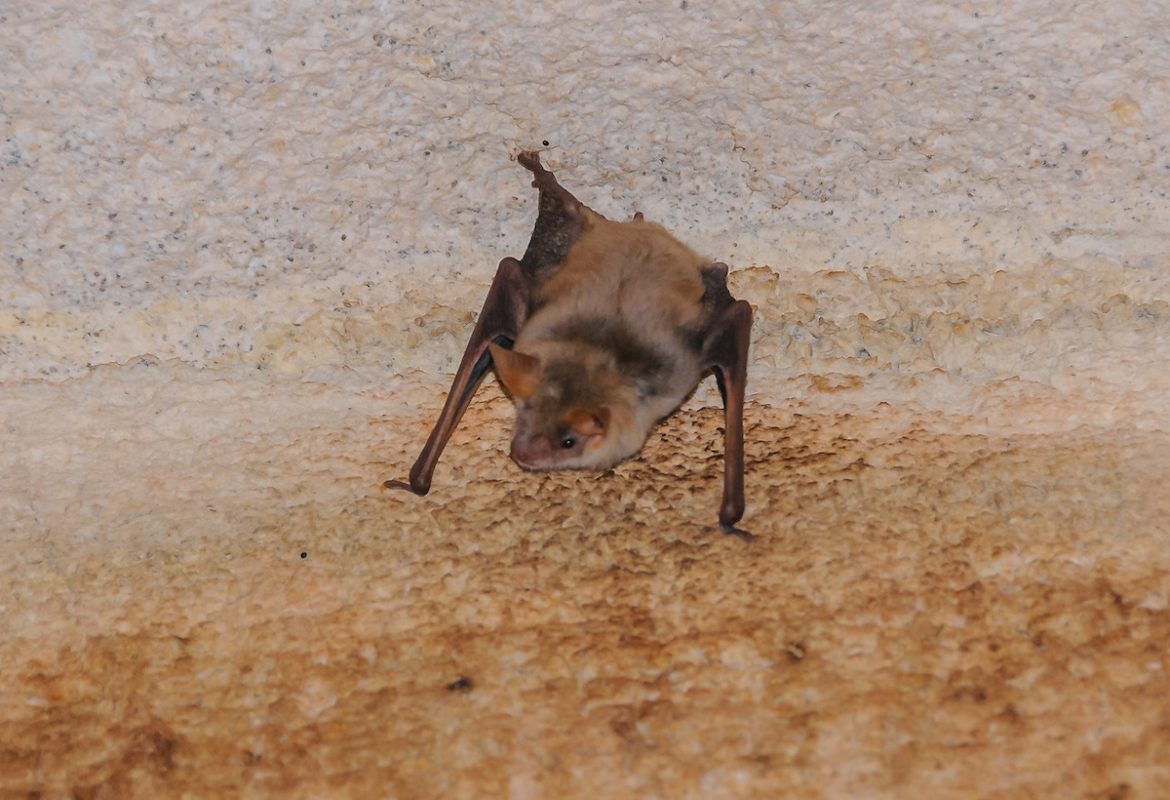Introduction
Bats are beneficial creatures in the wild, but when they roost inside homes or buildings, they leave behind more than just noise. One of the most concerning issues linked to an infestation is bat droppings, also known as guano. Over time, guano builds up in attics, walls, and crawl spaces, creating not only structural damage but also serious health risks. Among these risks, the impact on indoor air quality is especially concerning for anyone living or working in the affected property.
What Is Bat Guano?
Bat guano looks similar to small rodent droppings but has distinct features. It is usually dark, crumbly, and often accumulates in large quantities below roosting areas. Because colonies can number in the dozens or even hundreds, the amount of waste produced can grow quickly. In enclosed spaces like attics, guano and urine saturate insulation and wood, producing odors and airborne contaminants.
How Guano Affects Air Quality
As guano accumulates, it begins to break down, releasing particles and spores into the air. This can lead to:
- Foul Odors – The smell of ammonia from bat urine and decaying droppings can spread throughout the home.
- Airborne Spores – Fungal spores associated with guano become airborne and can be inhaled.
- Dust Contamination – When disturbed, guano releases fine dust that circulates through HVAC systems, spreading contaminants.
Poor air quality isn’t just uncomfortable—it can have direct health consequences.
Health Risks of Guano Exposure
The primary health concern linked to bat droppings is histoplasmosis, a respiratory illness caused by inhaling fungal spores.
- Mild Symptoms – Fever, cough, chest pain, and fatigue, often mistaken for a cold or flu.
- Severe Cases – In vulnerable individuals, the infection can spread beyond the lungs and become life-threatening.
- Other Risks – Prolonged exposure may aggravate asthma or other respiratory conditions due to dust and ammonia.
Because symptoms may appear weeks after exposure, many people don’t immediately connect them to bats in the attic.
Structural and Environmental Concerns
Beyond health issues, bat droppings can degrade indoor spaces in other ways:
- Damaged Insulation – Soaked with urine and droppings, insulation loses effectiveness.
- Wood Rot – Moisture and waste promote decay in rafters and beams.
- Persistent Odors – Even after removal, strong smells can linger if cleanup is incomplete.
Left unaddressed, these problems reduce property value and increase repair costs.
Safe Removal and Restoration
Handling bat guano requires more than basic cleaning. Protective equipment, specialized vacuums, and disinfectants are necessary to prevent exposure. Attempting cleanup without training can spread spores and worsen contamination. Professional services handle the process step by step:
- Removing guano safely with industrial equipment.
- Disinfecting and deodorizing affected areas.
- Replacing contaminated insulation or damaged materials.
- Sealing entry points to prevent new colonies from forming.
This ensures both the health and structural integrity of the property.
Real-World Example
Specialized providers like Capital Wildlife bat removal not only exclude bats humanely but also manage guano cleanup and restoration. Their approach safeguards indoor air quality, protects residents’ health, and prevents future infestations with permanent sealing solutions.
Final Thoughts
Bat droppings pose more than just a cleaning challenge—they directly affect indoor air quality by releasing odors, spores, and contaminants into living spaces. The health risks, including histoplasmosis and aggravated respiratory conditions, make professional removal and decontamination essential. By addressing both the infestation and its aftermath, homeowners can restore safe, breathable air and protect their property from long-term damage.





